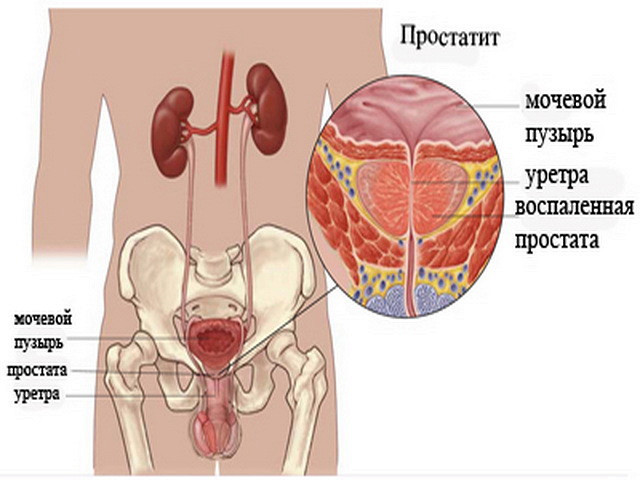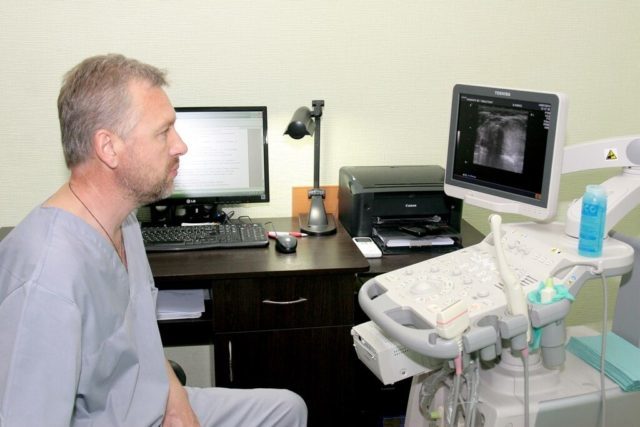Prostate prostate cancer treatment

Among men, prostate cancer is considered the most common disease. This disease develops in men 45-50 years old than a man older, the frequency of prostate cancer increases. Prostate cancer develops slowly. Therefore, timely diagnosis and treatment of prostate cancer( prostate) is very important.
Methods of treatment of prostate cancer
Expectant tactics. Since the advantages of the radical treatment of the described disease have not yet been investigated, and therefore not proven, the expectation method is used. In this case, treatment does not begin until the new formation is localized and has no apparent growth. This tactic is preferably used in elderly men with serious co-morbidities, as well as slowly developing highly differentiated neoplasms. The patient is under regular medical supervision, but the treatment is not carried out. The patient regularly does ultrasound of the prostate, donates blood to the PSA level.
Radical protaectomy( surgical method) is the main treatment for prostate cancer. In 1904 the first such operation was made. But among surgeons and patients this method was not popular for long enough. Everything was explained by frequent complications, such as impotence and urinary incontinence.
Today, surgical techniques have been developed( for example, defecated), which minimize the loss of blood loss, which retains full sexual function and the function of the sphincter of the urinary bladder( ability to retain urine).The prognosis of postoperative treatment is influenced by the stage of the disease.
In the early stages of the disease and if the lymph nodes are not affected, the postoperative ten-year survival rate is 80% or more. With extensive sprouting, survival rates reach only 40 percent.
With the damage of lymph nodes, the germination of seminal vesicles, distant metastases are imminent, which significantly worsen the prognosis. Sometimes after surgery, hormonal or radiation treatment is used. These methods are used in case of doubt that the tumor is completely removed. However, the expediency and effectiveness of such combinations has not been studied so far.
Radiotherapy is the use of radiation that can destroy malignant tissues. Such therapy leads to a breakdown in the structure of the DNA of irradiated cells, which is why the ability to reproduce new cells is lost, the cells age and die.
Radiation therapy since the 1960s has been used to treat early tumors. But today doctors prefer to treat the early stage of prostate cancer( prostate gland) surgically, and to radiation therapy in those cases when the operation is not shown.
There are several types of radiation therapy - interstitial radiation therapy or brachytherapy. The technique consists in the implantation of radiation sources in the thickness of the neoplasm. Thus, irradiation is carried out from the inside, and not from the outside. This method allows you to exclude some side effects of radiation therapy, which are associated with the imminent irradiation of a number of located tissues. In addition, this method provides the highest level of radiation in the prostate. With this method, the level of five-year survival is higher than the level after traditional radiation therapy. In the treatment of these methods for a ten-year survival rate, there is no reliable data.
Hormone therapy. Since the described disease is considered a hormone-dependent tumor, the effectiveness of antiandrogen therapy is 70-80% of cases with common neoplasms. This therapy blocks the sex hormones of men. This method is palliative - it is only used when other methods can not be treated.
Hormone therapy includes several methods:
- Maximum androgen blockade of
- Inhibition of 5-alpha reductase
- Surgical castration of
- Androgenic blockade of target cells - pure and steroidal antiandrogens
- Medical castration: antagonists, estrogen of luteinizing hormone-releasing factor Cryotherapy - destruction of tumors withLow temperatures.



